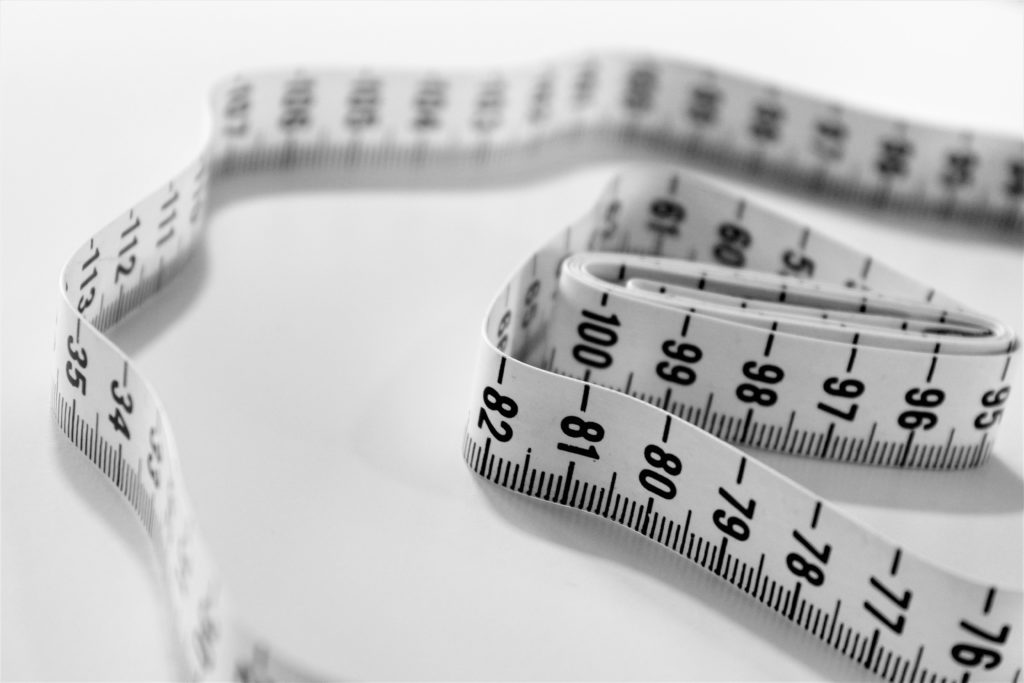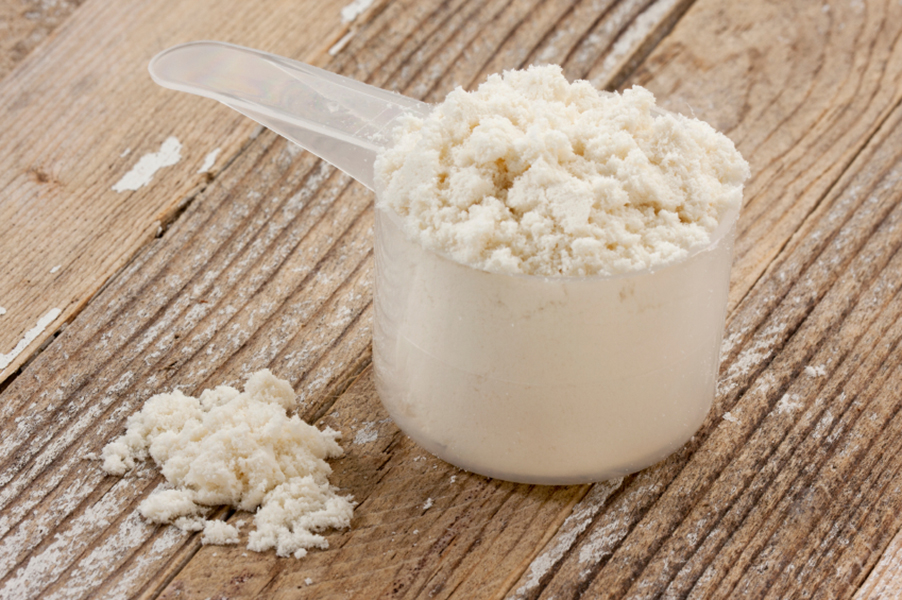Macronutrients: Fat, Carbohydrates, and Protein

For the past six years or so I have become very mindful of what foods and liquids I put into my body. I’ve mentioned before that I am not a fan of fad diets, have no food allergies, and am not a vegetarian or vegan. I eat six meals a day (typically) and tend to stick to lean protein, produce and simple ingredients.
However, lately I’ve been taking my nutritional regimen to the next level. I stumbled upon a podcast that broke down how the body uses carbohydrates and fats for energy and I was blown away by how complex a process it is, but how easily we can manipulate our energy resources based on the foods we put into our bodies and when. Basically, you can train your body to use the different types of fuel at different times. I know. Incredible. I’m excited to share my thoughts and research with you, but first we’ll need to take a step back and do a bit of due diligence. Over the course of the month (in addition to posting workouts and recipes) I’ll be breaking down food categories and eventually getting into metabolic flexibility, or our bodies ability to use either carbohydrates or fats as energy.
The fine print. Reminder: I’m not a doctor or nutritionist, people! I spend a lot of time researching this shiz, so while it is technically accurate I am not a qualified professional. So please read and take note, but consult your physician prior to drastically changing your diet. If you want more information please see my works cited below.
Like I was saying…
Food categories are classified by dividing foods into fundamental groups based on their nutritional properties. While there are more, I’m only going to focus only on protein, fats and carbohydrates. So, what exactly are they?
Protein
Proteins do supply energy, but their primary role in the diet is for recovery, healing injured tissue and for development in the body. If your body isn’t getting the protein that it needs in the food that you eat your body will turn on itself and eat away at already existing muscle for the support that it needs. This is why it is so important to consume protein in general, but especially if you’re trying to put on muscle. For the purpose of discussion regarding metabolic flexibility protein will not be our main focus. We can save that for a rainy. And trust, Chicago, there will be a rainy day.
Carbohydrates
Carbs come in the form of food – consisting of grains, vegetables and fruits as sources. Once eaten, the body turns carbs into sugar called glucose. Your body uses carbohydrates as its main supply of fuel. Insulin flushes the glucose into your cells, and there through the magic of biology and science it becomes energy. BUT, if there is extra glucose left over from the process, it is stored as fat. So here is where the balance lies with your bod. If you don’t eat enough carbs then you lack crucial energy for bodily function. If you eat too many carbs the excess is stored as fat and you have the potential to gain weight. The bottom line in the simplest of terms: carbohydrates are an important part of a healthy diet and a successful weight-loss regime. When eaten in proper portions, carbohydrates break down to give energy and not excess fat.
Fat
Have you ever heard someone say “The body has to consume fat to lose it?” It’s true. The human body needs fat just to function properly. On the most basic level, certain amounts of fat are necessary for hormone production. If hormone production is off your metabolism will be off as well. The same hormones dictating your metabolism are also dictating your energy expenditure. Muscle burns calories 24 hours a day and if you eat a low fat or no fat diet you will have a hard time building and maintaining muscle. Fat is not the enemy…well, healthy fat isn’t. When you are not consuming food, your body is not producing energy. When your body isn’t producing energy it dips into stored energy for fuel. Sometimes this stored energy can come in the form of carbohydrates or fats. This is where we enter the territory of metabolic flexibility.
This very general and VERY broad overview should leave you with questions, I hope it does. Stay tuned as we dive a little deeper and look into each category further to understand how our bodies use each for energy.
For an example of proteins, carbs and fats revisit this post here.
For support on the above information check out the following sources:
A New Way of Looking at Food: Proteins, Fats and Carbohydrates
The Catabolism of Fats and Proteins for Energy
Image via Mega Fawn







Responses